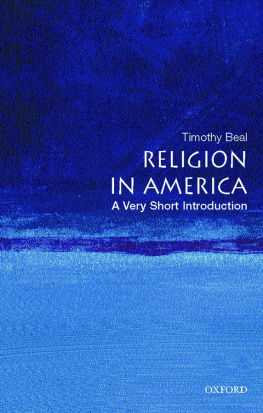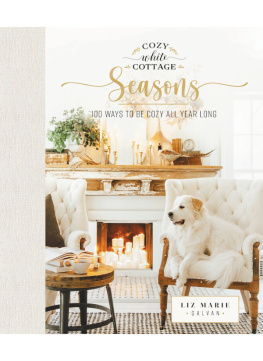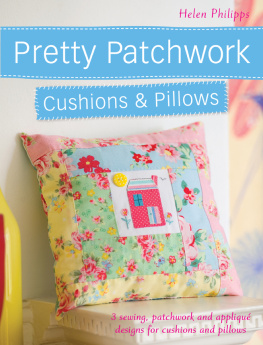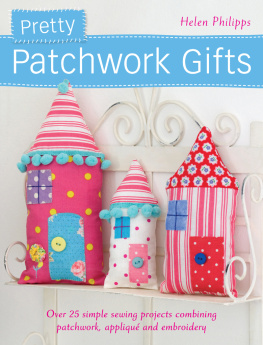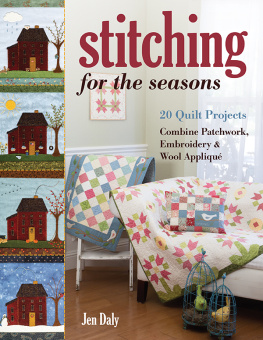
This book is for my November baby, Everett.
Text copyright 2013 by Susan Beal.
Photographs copyright 2013 by Jennifer Causey.
Illustrations copyright 2013 by Alexis Hartman.
All rights reserved. No part of this book may be reproduced
in any form without written permission from the publisher.
ISBN 978-1-4521-2983-9
The Library of Congress has cataloged the previous edition as follows:
Beal, Susan.
Sewing for all seasons : 24 stylish projects to stitch throughout the year / Susan Beal.
pages cm
Includes index.
ISBN 978-1-4521-1428-6
1. Sewing. 2. Clothing and dress. 3. House furnishings. I. Title.
TT705.B32 2013
646.4--dc23
2012044544
Designed by Jody Churchfield
Styling by Rachel Plotkin
Chronicle Books LLC
680 Second Street
San Francisco, California 94107
www.chroniclebooks.com

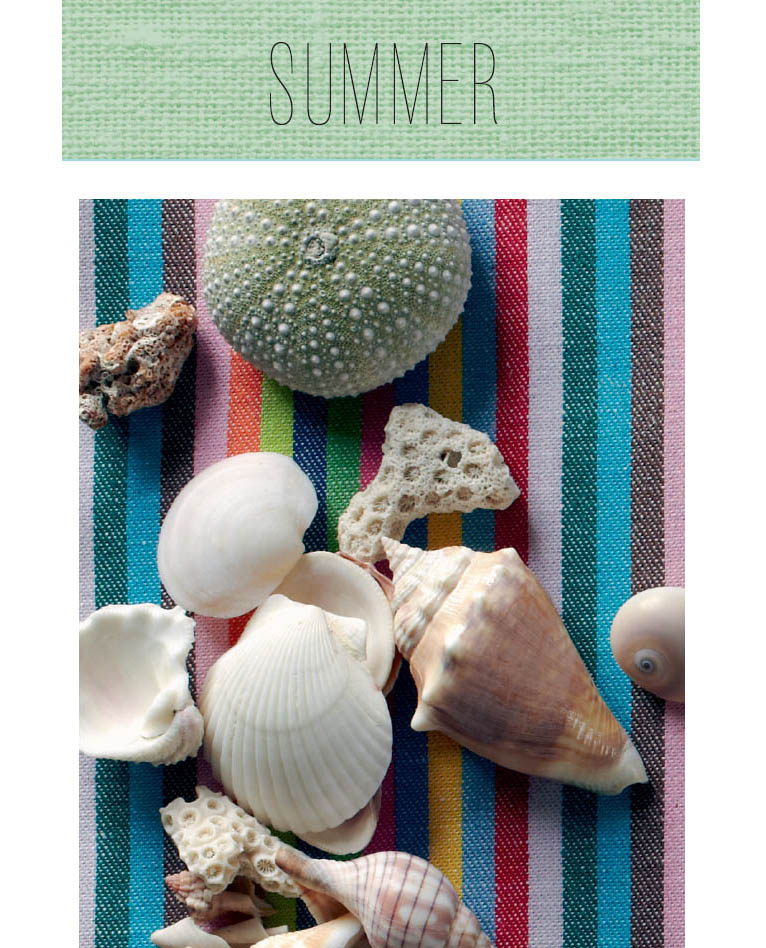

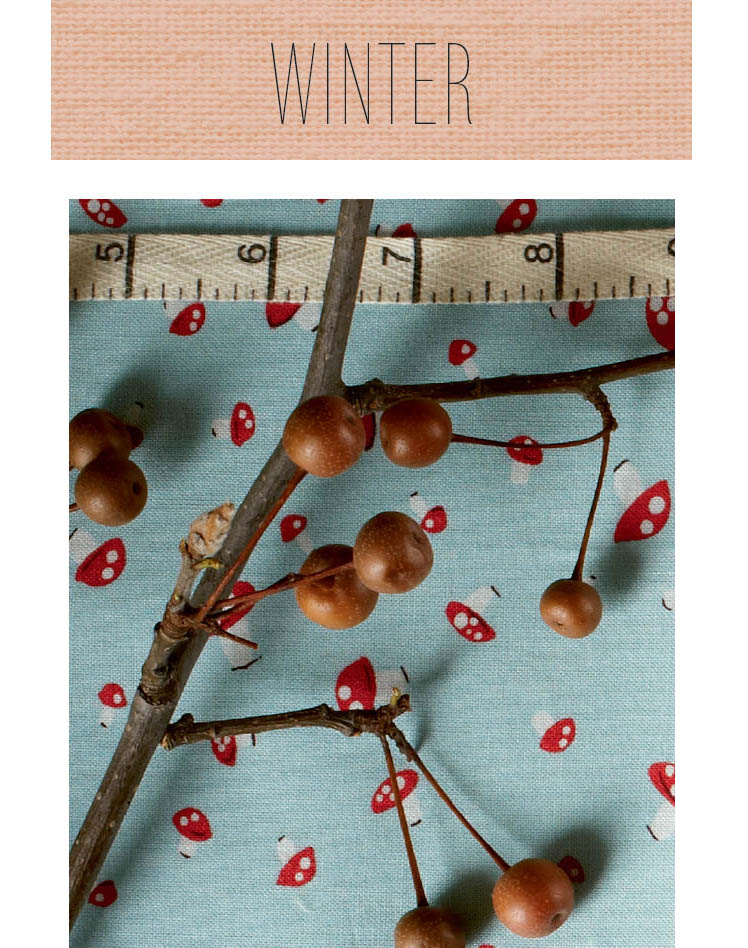
INTRODUCTION
I worked on the idea for Sewing for All Seasons in the autumn, designed the first few projects for the proposal in the winter, swatched, shopped for fabrics, and sewed all spring, and finished writing everything in the summerjust in time for a celebratory barbecue with friends! The yearlong process of creating this book really made me appreciate how the changing seasons can inspire our creativity.
In my family, we are lucky to have one birthday in every season. So every few months, I try to make something fun and seasonal for a birthday present or party. My daughter, Pearl, is perfectly suited to her spring birthday: She loves bright colors and flowers, and she is always excited to have her party outside in the backyard (we do live in rainy Portland, so theres always a plan B to decorate the downstairs rec room if need be!). My husband, Andrew, is lucky to have a summer birthday, perfect for his favorite thingshiking on Mount Hood or taking a day trip to the coastand having a laid-back picnic in the backyard with the kids.
My sweet little Everett was an autumn baby who came home from the hospital wrapped up in warm layers and still loves cuddling close. One of my favorite things Ive ever made was a simple wool patchwork throw I sewed the week before he was borncozy and comforting for holding my new little boy. And I have a winter birthday, a couple of weeks after the rush of the holidays... right when I want to have friends over for a dinner party or cocktails, and figure out what I most hope the new year will bring.
The projects in this book use simple sewing and patchwork techniques to make pretty things youll useor giveall year round. A link to patterns for many of them is at the back of the book. The color palette in the projects deepens over the seasons, from light, bright yellows and pinks to strong, gorgeous golds and reds. Dip into your brightest fabrics for a pair of summery porch pillows, or use up lots of scraps for a modern holiday garland in icy colors, along with a matching cozy for bringing a jar of homemade hot cocoa mix or a bottle of wine to a party. Every project is easy to make your own, depending on your fabric choices and embellishments. You can switch up the seasons and make a spring Cute-as-a-Button Handbag or a fall set of Nesting Canisters. Its totally up to you.
There is also a bit of custom sizing involved. Depending on the size of your sketchbook for the Sketchbook Cover project or your tea towel for the New Years Calendar, youll measure and cut your fabrics and stitch your project to match your needs. And youll design your custom-fitted Spring Flowers Wrap Skirt, Gardening Apron, or Cozy Wool Slippers based on your own measurements. After some quick and simple measurements jotted down in our handy tables, and a little math to seal the deal, youll be sewing pretty things that fit you (or your sketchbook or your calendar) perfectly!
Happy sewing!

P.S. Please visit my book website at sewingforallseasons.com for lots of project extras, photos, and sewing ideas!
MATERIALS & TOOLS
Youll need only basic sewing tools and materials to make the projects in this book. Here are some recommendations for my favorites.
MATERIALS
Binding tape: I love to make my own, but you can find packaged 1-in/2.5-cm binding tape at the fabric and crafts store in lots of great colors, often labeled extra-wide double-fold.
Buttons: Most of the projects in this book use sew-through buttons, the kind with two or four holes to stitch through (hence the name). Shank buttons, which have an opaque, often decorative front and a channel or loop behind for sewing, are available, too. You can find beautiful new or vintage buttons for your sewing projects.
Digital camera: Snapping a photo of a patchwork in progress, or just a couple of potential fabrics together, can give a new perspective on color harmony and interest. The camera picks up things you might not have noticed, so looking at a snapshot on screen can be a useful tool for finalizing your placement or choices before sewing.
Double-sided fusible web and interfacing: I used lightweight double-sided fusible web (like Steam-A-Seam 2) to join two cotton fabrics back-to-back for my simple garlands. For sturdier projects like the Patchwork Coasters and Placemats , I use superthick heavyweight double-sided interfacing. Two brands I like are Peltex 72F and fast2fuse, both sold by the yard/ meter at fabric stores. For the projects in this book, I used 44-in-/112-cm-wide interfacing, as noted in the materials lists. However, sometimes these products are available in different widths, so you may need to recalculate dimensions a bit to figure out how much you need for a particular project. Follow the manufacturers instructions to fuse the interfacing to your fabrics.
. You can find it in packages or by the yard/meter.
Fabric: Fabric is such a wonderful and personal element for a sewing project. Ive given guidelines for what I used to sew each of the projects, but you have freedom and flexibility with the fabrics you choose. In some cases, I slightly increased the fabric yardage called for to give you some leeway on your measurements. Its always better to have too much than too little!
NOTE:
Be sure to prewash your fabric before cutting and sewing any garment project.
Home dec (decorator) weight fabric: These sturdier fabrics, like canvas, denim, or brocade, are often wider on the bolt (54 in/137 cm and even 60 in/152 cm), so a 1/2-yd/0.5-m piece goes a long way. They make especially nice bags, and they press and stitch very well, even on a home sewing machine.
Muslin: This basic fabric is perfect for foundation string piecing when quilting. For a single one-block potholder or a generous sixty-four-block picnic quilt, muslin adds a soft layer of stability inside your patchwork. Its inexpensive and useful for testing new patterns, too.
Next page

